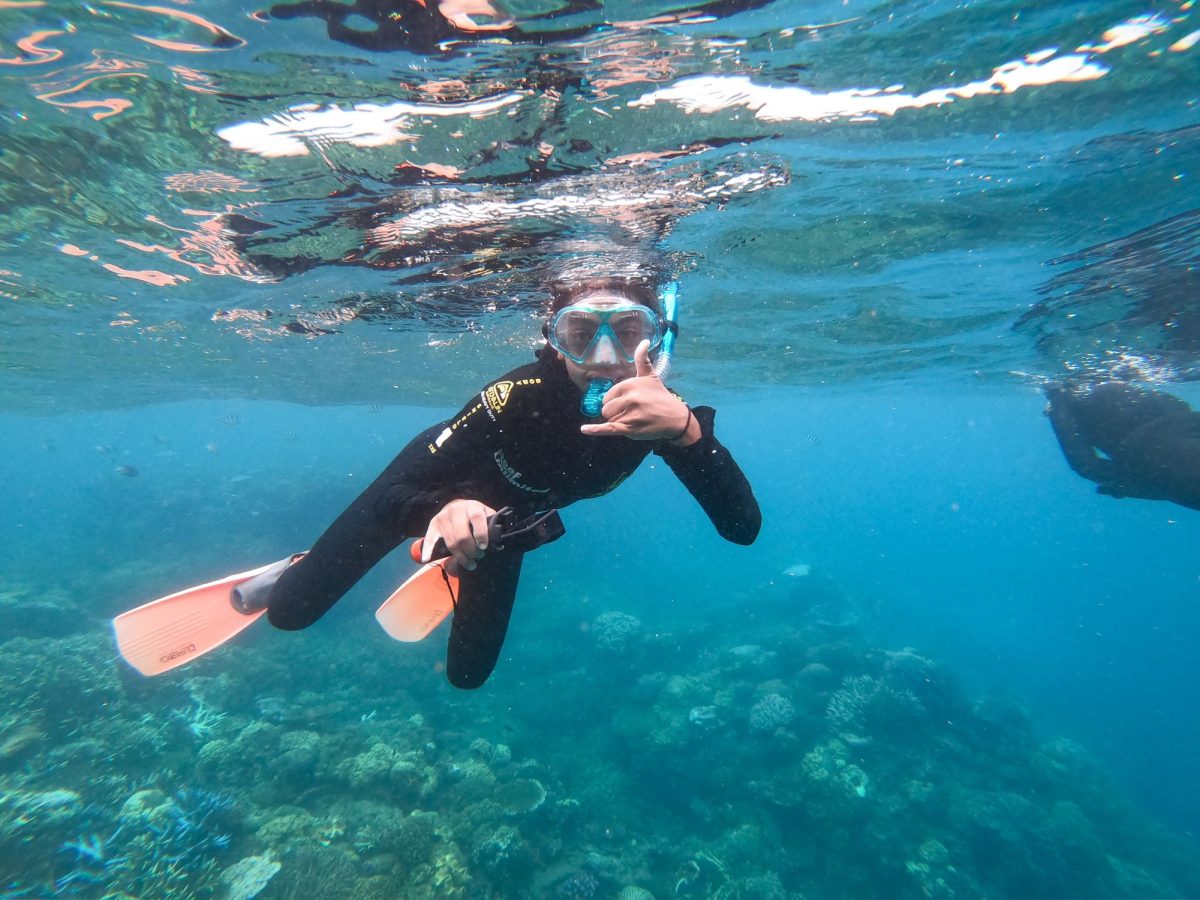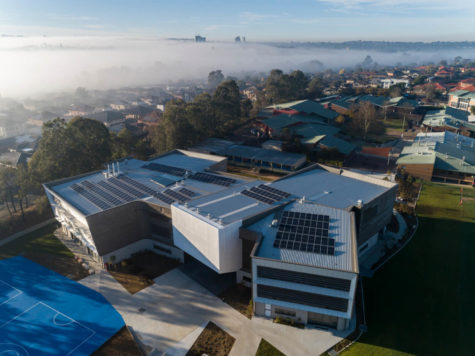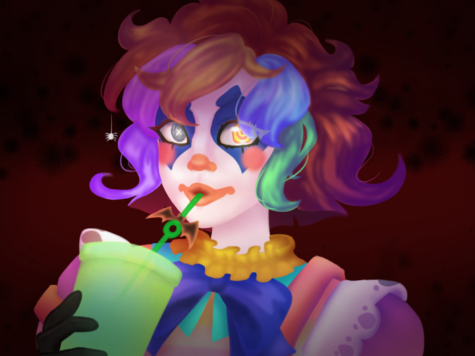The Hospital of Forgotten Children
Children with physical disabilities like cerebral palsy were admitted to the Peats Island facility. Image: Daily Telegraph
October 19, 2022
Peats island is an 8-hectare island located on the Hawkesbury River. This small island is situated just north of Sydney and forms part of the suburb Mooney Mooney, sitting just upstream from the Sydney – Newcastle freeway bridge.
So, what is so special about this island?
Well for many, Peats Island is a forgotten piece of land drifting offshore, but little do we all know about the brutal secrets imprisoned underneath this forgotten land.
In 1911, Peats Island was established as an asylum for ‘inebriates’. Peats Island had officially opened as a psychiatric hospital just 50km away from Sydney. If the trees encircling this mental asylum could talk, they would tell you what a grim and horrifying place this was. There were constant reports from media and government officials on unexplained deaths, drownings, and reported accounts of torture. The most sinister place of Peat Island was known as “Ward 4”. These 4 walls contained the most accounts and reports of torture and deadly treatment. The first alarming incident took place in 1924 when William Pfingst admitted to killing and then drowning another inmate. Newspaper headlines were filled with cascades of accounts involving the uncalled ‘treacherous incidents.’ If this isn’t enough to prove the madness endured on this sinister island maybe the Robert Bruce case will be. In 1940, 29 years are the opening of the asylum, Robert Bruce an 8-year-old inmate was found floating off the island. This was shortly after he had been ‘put in the pen’ (a caged compartment) as a punishment. In response, the hospital manager William James McCoy told an inquest into the boy’s death that “these patients are up to all sorts of tricks.” Was it the patients ‘tricks’ that caused these horrifying deaths, or were the cruel staff running a homicidal operation?
If you thought these alarming incidents would suddenly cease, then you were wrong. In 1950, 11-year-old Robert Blackwood was discovered in a linen bin made of iron without oxygen. Robert Blackwood had only been on Peats Island for 5 months before he became a victim of the cruelty of the asylum. A hospital attendant claimed that “Robert had been a mischievous child and had died playing hide and seek among a pile of solid linen. As you would think, the media and government would be sitting on the edge of their seats taking any chance to terminate this unlawful operation. However, staff and managers at Peats Island responded with excuses and white lies to avoid the truth from spilling from the banks of the Island. Six years after the death of Robert Blackwood, a journalist visited the island calling it the “Hospital of forgotten children”. This is an example of the harsh comments used to describe Peats Island with another source describing the island as “a plague of death and despair”.
Decades passed and so did several lives. At least 300 lives were lost on the island and buried in unmarked graves near the Brooklyn cemetery. Reports of abuse, torture, and a lack of thorough investigations flooded through the closed doors of this psychiatric hospital. Then in 1981, the most gruesome and shocking incident made headlines across the nation.
“A disabled youth’s 10 fingernails were torn out whilst in temporary care at the psychiatric institution”. In a 39-page report the NSW deputy (Darryl Gunter), reprimanded the health department for not investigating the matter adequately, this report stemmed from concerns of the youths’ parents.
“They left their 17-year-old son at the Peat Island Hospital on the Hawkesbury River on January 10, 1981.”
“When they collected him on January 28, he was without his fingernails.”
“The parents rejected reports from doctors that a 12-year-old patient was responsible.”
It wasn’t just the parents, patients, or outsiders who commented on the inhumane treatment of their patients; Dr Ted Freeman who worked at the hospital for a year described ward 4 as a prison.
“There were approximately 160 patients or residents as they were called. Some had been inmates for almost 50 years.”
“The staff were caring but it was a custodial institution. Many of the wards had an open-door policy. One ward did not. It was Ward 4.”
The last patient finally left the island in 2010. Today, the past remains on the island, the hospital, patient housing, a large water tower that had water pumped across from the mainland, and a car park all this still stands as if they never left. The island is now a public exhibition and a historical site for others to explore. No matter how much time passes or how much development occurs, the dark secrets still shadow this earth-shattering place.













Adele • May 21, 2025 at 5:03 pm
This is such a cool and harrowing story, its such a shame that all these lives were lost!